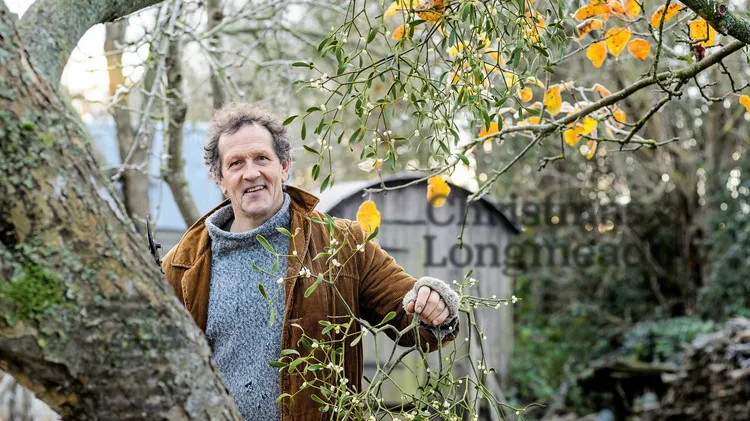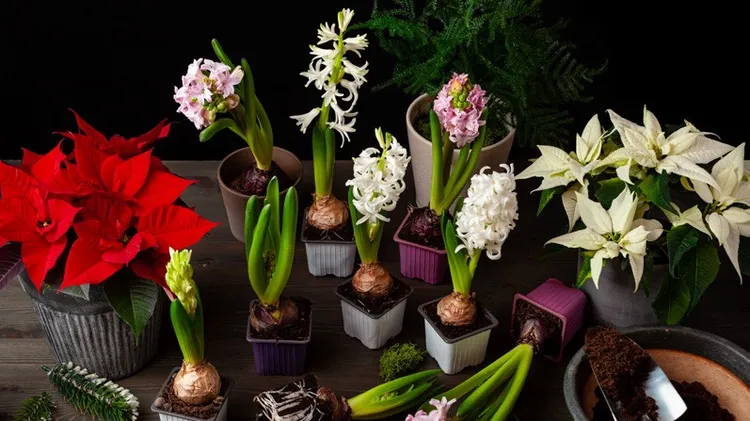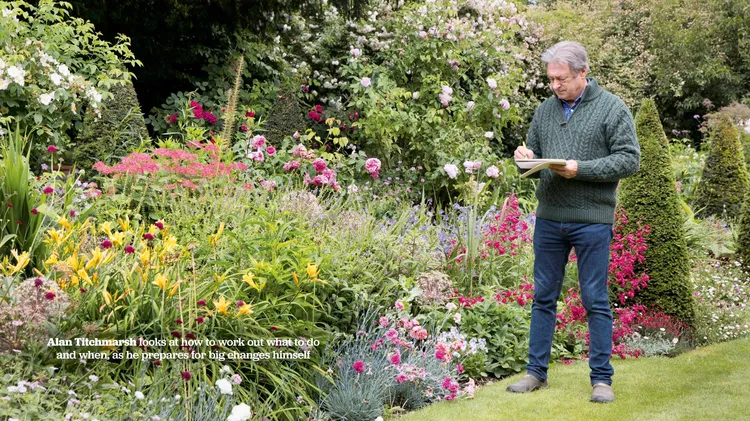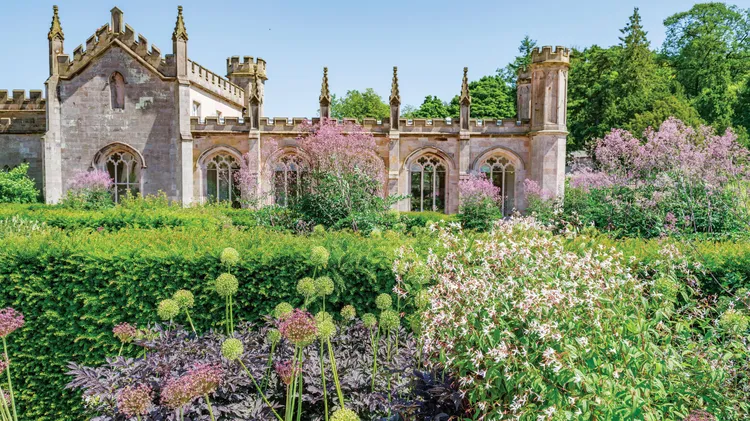Gardens seem to grow imperceptibly, but when we look back we are amazed at how
The full monty
3 min read
This article is from...
Read this article and 8000+ more magazines and newspapers on Readly






